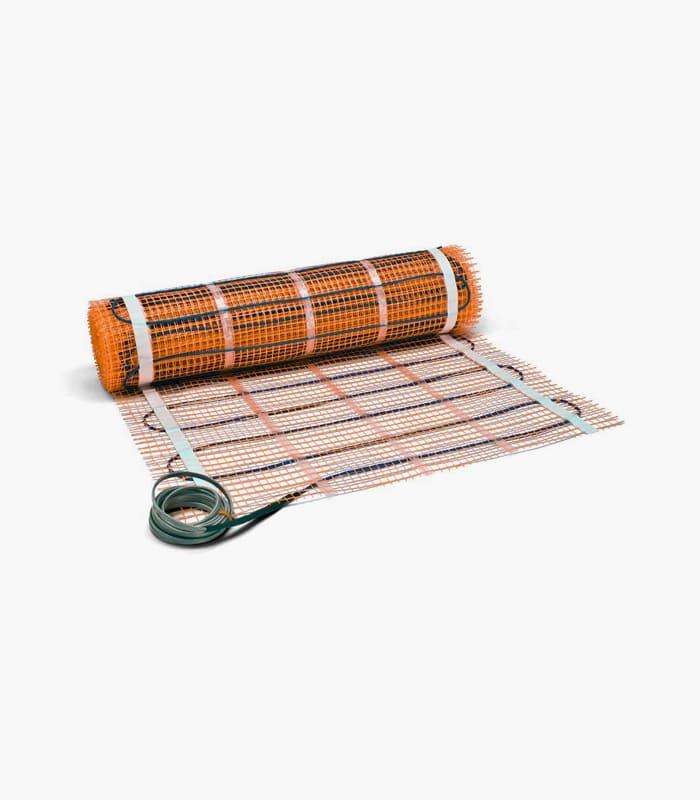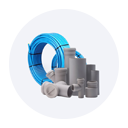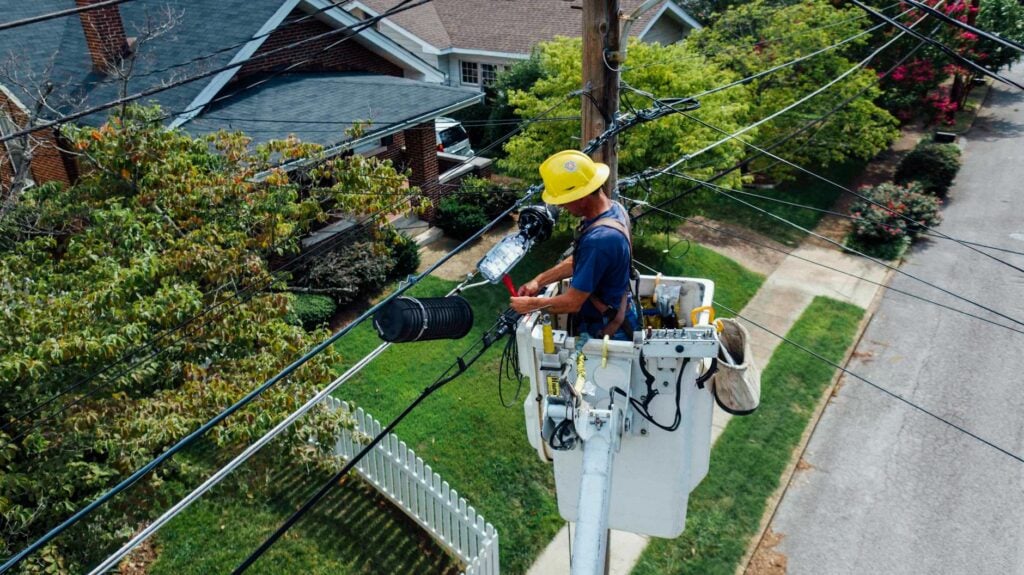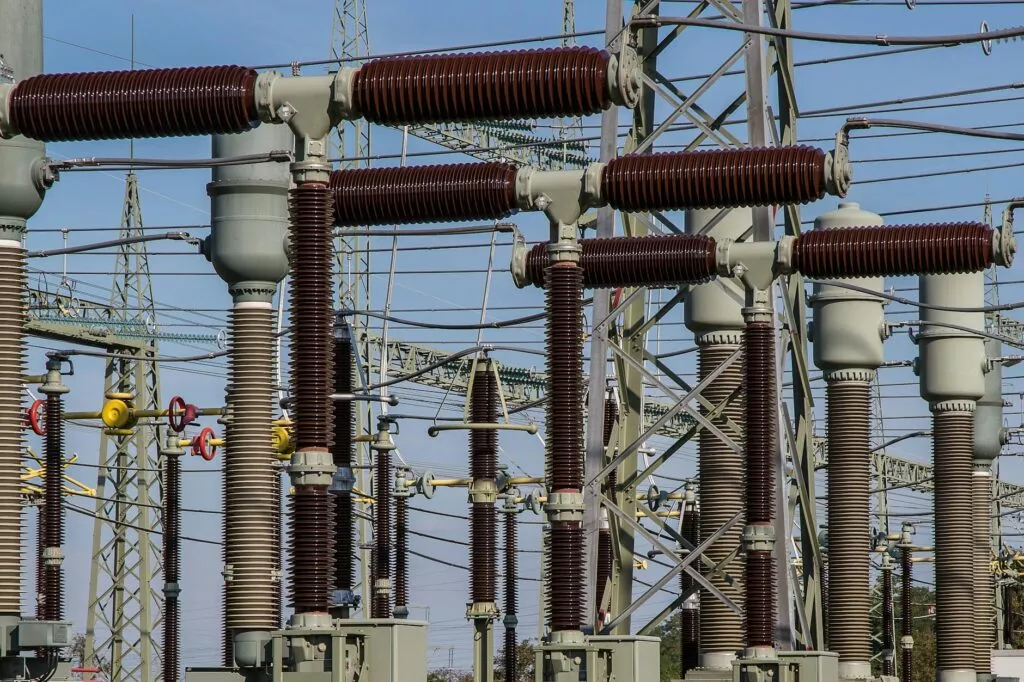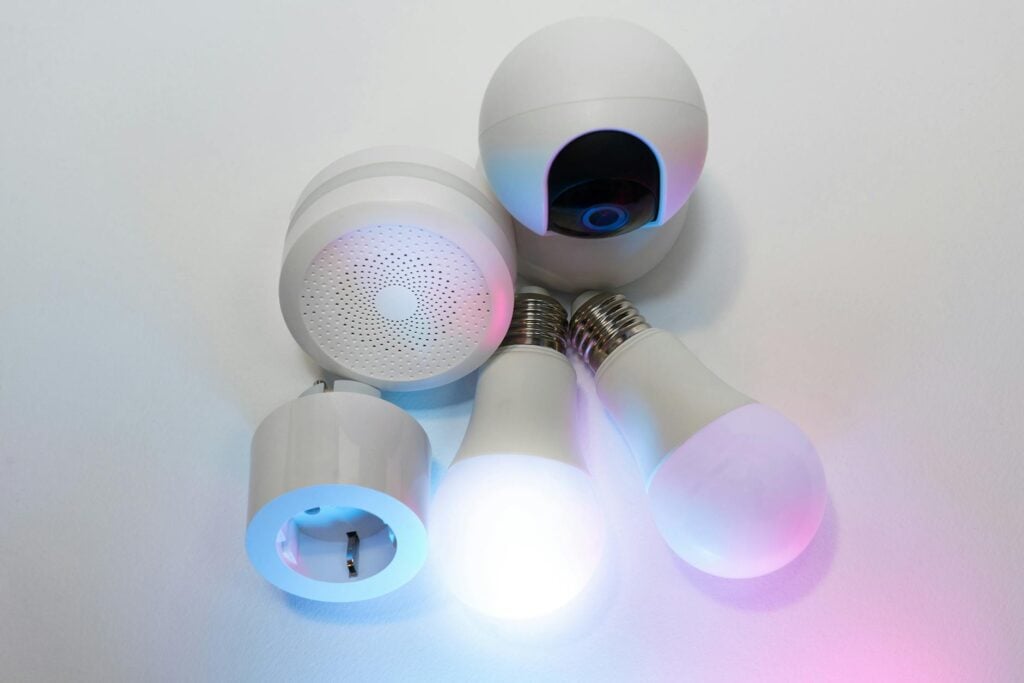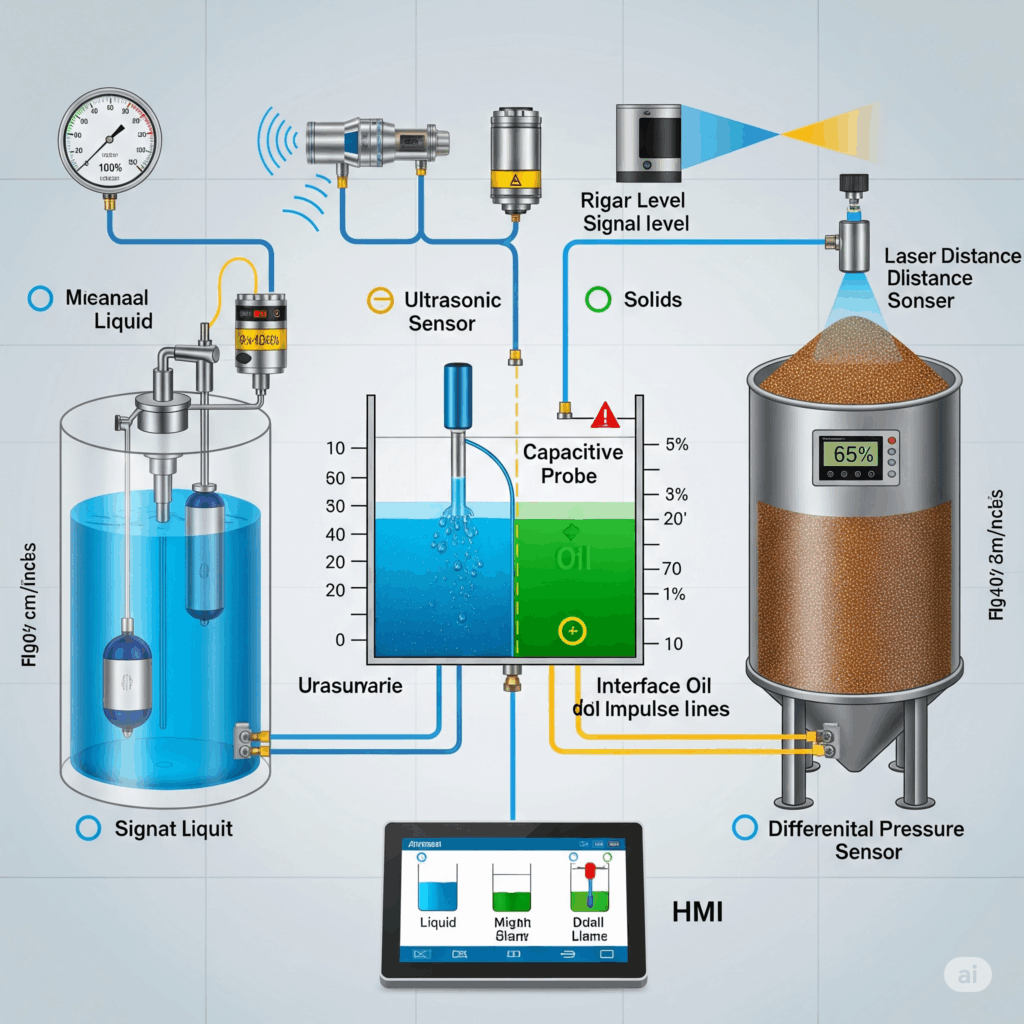Residential Electrical Systems: Powering Your Home Safely and Efficiently

Your home’s electrical system is a sophisticated network, far more intricate than just flipping a light switch. It’s the silent workhorse that powers your modern life, from charging your phone to running your air conditioning. For homeowners, a deeper understanding of these systems isn’t just about curiosity; it’s about making informed decisions for safety, efficiency, and future upgrades. This section dives into the practicalities of residential electrical systems, covering everything from calculating your home’s power needs to understanding the vital role of grounding and exploring the exciting possibilities of solar power.
Sizing Up Your Home’s Appetite: Home Electrical Load Calculations
Just as you wouldn’t connect a garden hose to a fire hydrant and expect your plumbing to handle it, your home’s electrical system has limits. Home electrical load calculations are the process of determining the total amount of power your house, or a specific circuit within it, will consume. This is a critical step for new construction, additions, or major appliance installations, ensuring your wiring, circuit breakers, and main service entrance are adequately sized to prevent overloads and potential hazards.
The process typically involves:
- Identifying all electrical loads: This includes everything from fixed appliances like air conditioners, water heaters, and ovens to smaller plug-in devices, lighting, and even anticipated future additions.
- Assigning wattage or amperage: Each appliance and lighting fixture has a power rating (in watts) or current rating (in amperes). You’ll gather these figures from appliance nameplates or manufacturer specifications.
- Applying diversity factors: Not all appliances run simultaneously at their maximum capacity. Electrical codes (like the National Electrical Code or Nigerian standards) provide “diversity factors” or “demand factors” that allow for a realistic reduction in the total calculated load, acknowledging that you won’t use every single electrical device at once. For example, a percentage of general lighting and receptacle load is often used, and specific demand factors are applied for ranges, dryers, and HVAC systems.
- Calculating total load: The individual loads, adjusted by diversity factors, are summed up to determine the total estimated electrical demand for the entire home or a specific circuit. This sum, usually expressed in Amperes, dictates the required size of your main service panel and individual circuit breakers.
Accurate load calculations are essential for preventing overloaded circuits, frequent breaker trips, voltage drops, and, most importantly, fire hazards. If you’re planning a major electrical project, a qualified electrician will perform these calculations to ensure compliance with safety standards.
The Unsung Heroes of Safety: Grounding and Bonding in Home Installations

While often overlooked by the average homeowner, grounding and bonding are perhaps the most crucial safety measures in any electrical installation. They are distinct but related concepts, both designed to protect you from electrical shock and to safeguard your appliances.
Grounding (often referred to as earthing in Nigeria) provides a safe, low-resistance path for fault currents to flow directly to the earth. Imagine a fault where a live wire accidentally touches the metal casing of an appliance, like a refrigerator. Without proper grounding, the casing becomes energized, and anyone touching it could receive a severe electrical shock. A properly installed ground wire ensures that this fault current immediately travels down the ground wire, through the service panel, and into the earth via a ground rod, causing the circuit breaker to trip instantly, thereby cutting off the power and eliminating the shock hazard.
Bonding, on the other hand, involves connecting all non-current-carrying metal parts of an electrical system (like metal conduit, equipment enclosures, water pipes, and structural steel) together to create a continuous, electrically conductive path. This ensures that if a fault occurs, all these metallic parts are at the same electrical potential. This prevents dangerous voltage differences between different metal objects that a person might touch simultaneously, thereby eliminating the risk of shock.
In essence, grounding directs dangerous currents away, while bonding equalizes potential to prevent shocks. Both are mandated by electrical codes and are fundamental to a safe residential electrical system.
The Veins of Your Home: Types of Wiring Cables and Their Uses
Just as different roads serve different purposes, various types of electrical wiring cables are designed for specific applications within your home, each with unique characteristics and appropriate uses. Understanding them is key to appreciating the robust nature of your home’s electrical backbone.
Common types of cables used in residential settings (referencing typical Nigerian and international standards):
- Non-Metallic Sheathed Cable (NM Cable / “Romex”): This is one of the most common types in many parts of the world (though less common for exposed wiring in Nigeria due to conduit requirements). It consists of two or more insulated conductors (live, neutral, and ground) bundled together and covered by a flexible plastic sheath. It’s typically used for interior wiring in dry locations within wall cavities.
- Thermoplastic Heat and Water-resistant Nylon-coated (THHN/THWN) Conductors: These are individual insulated wires, often used inside conduits. THHN is heat-resistant, and THWN adds water resistance, making it suitable for wet locations. In Nigeria, THHN/THWN wires are extensively used within rigid or flexible conduits embedded in walls, slabs, or exposed. They come in various gauges (sizes) to accommodate different current loads.
- Armored Cable (AC Cable / “BX”): This cable has a spiral metal sheath that provides mechanical protection, making it suitable for exposed runs or where wires might be subject to physical damage. It’s often used for connections to motors or in commercial settings, but also sometimes in residential applications.
- Underground Feeder (UF) Cable: Designed for direct burial in the ground, this cable has a robust, waterproof jacket. It’s used for outdoor lighting, powering detached garages, or supplying power to garden features.
- Flexible Cords (e.g., Appliance Cords): These are portable cables with multiple stranded conductors, designed for flexibility and often used for connecting appliances to outlets. They vary in thickness and insulation based on the appliance’s power requirements.
Each cable type is designed to meet specific safety and performance criteria, ensuring proper insulation, heat dissipation, and protection for the conductors within.
The Rulebook: Electrical Code Requirements for Residential Installations (NEC/Nigerian Standards)
Just like building codes ensure structural integrity, electrical codes are a set of rules and regulations that govern the design, installation, and maintenance of electrical systems. These codes are not suggestions; they are legally enforceable standards aimed at ensuring safety, preventing electrical fires, and protecting property and life.
Globally, the National Electrical Code (NEC), published by the National Fire Protection Association (NFPA) in the USA, is one of the most widely adopted and influential electrical codes. Many countries, including Nigeria, adapt or draw heavily from the NEC, often incorporating local conditions and practices into their own national standards.
In Nigeria, while the Nigerian Electrical Installation Standards (NEIS) exists and draws significantly from international codes like the NEC and IEC (International Electrotechnical Commission), the practical application and enforcement can vary. Key aspects covered by such codes include:
- Wiring Methods and Materials: Specifications for approved cable types, conduit use, and installation techniques.
- Circuit Sizing and Protection: Requirements for conductor sizes, circuit breaker ratings, and overcurrent protection.
- Grounding and Bonding: Detailed guidelines for safe grounding and bonding practices.
- Outlet and Switch Placement: Rules for the number and location of outlets in rooms, and specific requirements for GFCI and AFCI (Arc Fault Circuit Interrupter) protection in various areas.
- Service Entrance Requirements: Standards for how power enters the home and the sizing of the main disconnect.
- Clearances and Accessibility: Ensuring adequate space around electrical panels and equipment for safety and maintenance.
Adherence to these codes is paramount. Non-compliant electrical work is a fire hazard and can lead to serious legal and insurance issues. Always ensure that any electrical work in your home is performed by a licensed electrician who is familiar with and adheres to the relevant national and local electrical codes.
Harnessing the Sun: Solar Power for Homes: Basics and Installation
The sun, an infinite source of energy, offers a compelling alternative for powering homes, especially with the rising cost and instability of traditional grids. Solar power for homes involves converting sunlight directly into electricity using photovoltaic (PV) panels.
The basic components of a typical residential solar power system include:
- Solar Panels (PV Modules): These collect sunlight and convert it into DC (Direct Current) electricity.
- Inverter: Since most home appliances run on AC (Alternating Current), the inverter converts the DC electricity from the panels into usable AC electricity. There are string inverters (for multiple panels) and micro-inverters (one per panel, offering better performance in shaded conditions).
- Mounting System: Racks and hardware securely attach the solar panels to your roof or a ground-mount structure.
- Cabling and Wiring: To connect panels to the inverter and the inverter to your home’s electrical panel.
- Net Metering (Grid-Tied Systems): In grid-tied systems, excess electricity generated is fed back into the utility grid, and you receive credits. When your panels aren’t producing enough (e.g., at night), you draw power from the grid.
- Battery Storage (Off-Grid or Hybrid Systems): For off-grid independence or grid-tied backup, batteries store excess solar energy for use during cloudy days or at night.
Installation typically involves:
- Site Assessment: Evaluating your roof’s suitability, sunlight exposure, and structural integrity.
- System Design: Sizing the system based on your energy consumption and budget.
- Permitting: Obtaining necessary permits from local authorities.
- Mounting Panels: Securing the racking system and then the panels to the roof.
- Wiring: Connecting the panels, inverter, and electrical panel.
- Inspection and Commissioning: Ensuring the system meets code and operates correctly.
Solar power offers significant benefits: reduced electricity bills, a smaller carbon footprint, increased energy independence, and potentially higher home value.
Powering Through Outages: Home Inverter and Battery Backup Systems

In regions with unreliable grid power, home inverter and battery backup systems are not just a luxury but a necessity. These systems provide uninterrupted power supply during outages, ensuring your essential appliances continue to run.
- Inverter: In this context, an inverter is a device that converts DC power from batteries into AC power for your home appliances. Many modern inverters are “pure sine wave” inverters, providing clean power suitable for sensitive electronics.
- Batteries: These store electrical energy. Common types include lead-acid (deep cycle) and lithium-ion batteries. Lithium-ion batteries offer higher energy density, longer lifespan, and faster charging, but come at a higher initial cost.
- Charge Controller (for Solar Integration): If integrated with solar panels, a charge controller regulates the charging of batteries from the solar array, preventing overcharging and prolonging battery life.
- Automatic Transfer Switch (ATS): This device automatically switches your home’s electrical load from the grid to the inverter/battery system when grid power fails, and back again when it returns, providing seamless power transition.
The system works by constantly monitoring the grid power. When an outage occurs, the ATS detects it and instantly switches the load to the inverter, which draws power from the batteries and converts it to AC for your home. When grid power is restored, the ATS switches back, and the batteries are recharged (either from the grid or solar panels). These systems are invaluable for maintaining comfort, security, and productivity during power disruptions.
Saving Money and the Planet: Energy-Efficient Lighting and Appliances
Making conscious choices about your home’s electrical consumption can lead to significant savings on your utility bills and reduce your environmental impact. Energy-efficient lighting and appliances play a crucial role in achieving this.
- Lighting:
- LED (Light Emitting Diode) Lighting: LEDs are the most energy-efficient lighting option available today. They consume significantly less electricity than traditional incandescent or even CFL (Compact Fluorescent Lamp) bulbs, last much longer, and produce very little heat. Replacing older bulbs with LEDs can drastically cut down your lighting costs.
- Smart Lighting: As mentioned before, smart lighting allows for dimming and scheduling, further optimizing energy use.
- Appliances:
- Energy Star Rating: Look for appliances with the Energy Star label (or similar energy efficiency ratings in your region). These products meet strict energy efficiency guidelines set by government agencies.
- Specific Appliance Choices: When purchasing refrigerators, air conditioners, washing machines, and water heaters, prioritize models with high energy efficiency ratings. Even small improvements in efficiency can lead to substantial long-term savings.
- Usage Habits: Beyond efficient appliances, smart usage habits matter. Unplugging “vampire” electronics (those that draw power even when turned off), using cold water for laundry, and properly insulating your home all contribute to energy savings.
Investing in energy-efficient upgrades might have a higher upfront cost, but the long-term savings on electricity bills and the positive environmental impact make it a worthwhile investment.
Refreshing Your Home’s Core: Common Electrical Upgrades for Older Homes
Older homes often possess charming character, but their electrical systems may not be up to modern standards, posing safety risks and limiting the use of contemporary appliances. Common electrical upgrades for older homes are essential for safety, functionality, and increasing property value.
- Service Panel Upgrade (from Fuse Box to Breakers): Many older homes still have antiquated fuse boxes. Upgrading to a modern circuit breaker panel is a fundamental safety improvement. Breakers are more reliable, easier to reset, and offer better protection against overloads and short circuits. This upgrade also provides increased capacity for modern electrical demands.
- Rewiring (Knob and Tube, or Outdated Wiring): Very old homes might have “knob and tube” wiring or other outdated wiring systems that lack a ground wire, have deteriorated insulation, or are simply undersized for current needs. Full or partial rewiring is a significant but often necessary safety upgrade.
- Adding Ground Fault Circuit Interrupters (GFCIs): Older homes may lack GFCI protection in wet areas (bathrooms, kitchens, laundry rooms, outdoor outlets). Installing GFCI outlets or GFCI breakers at the panel provides crucial shock protection.
- Adding Arc Fault Circuit Interrupters (AFCIs): These devices protect against arc faults (dangerous electrical discharges that can ignite fires), which are common in older, deteriorating wiring. AFCIs are typically installed as breakers in the electrical panel.
- Increasing Outlet Count: Older homes often have too few outlets for modern needs, leading to the unsafe use of extension cords. Adding more properly wired outlets enhances convenience and safety.
- Dedicated Circuits: High-demand appliances like air conditioners, electric ranges, and microwaves should have their own dedicated circuits to prevent overloading and ensure stable power supply. Older homes often lack these.
These upgrades should always be performed by a qualified and licensed electrician to ensure compliance with current electrical codes and maximum safety.
Your Home’s Lightning Rod: Surge Protection Devices for Homes

In Nigeria, with its frequent thunderstorms and sometimes erratic power supply, surge protection devices (SPDs) are not just a recommendation; they are a vital layer of defense for your sensitive electronics and appliances. A power surge (or transient voltage) is a sudden, momentary spike in electrical voltage that far exceeds the normal operating voltage.
Causes of surges include:
- Lightning Strikes: The most powerful and destructive source, even indirect strikes can cause significant damage.
- Utility Grid Switching: When power companies switch grids or restore power after an outage, it can cause surges.
- Operation of High-Power Appliances: Large appliances turning on and off within your home can create small, localized surges.
Surges can degrade electronics over time, leading to premature failure, or in the case of large surges, instant destruction of circuit boards and components.
Types of Surge Protection:
- Point-of-Use Surge Protectors (Power Strips): These are the most common type, protecting individual appliances plugged into them. They offer basic protection but aren’t comprehensive. Look for power strips with a high Joule rating, indicating better surge absorption capacity.
- Whole-Home Surge Protectors: Installed at your main electrical panel, these devices protect all circuits in your home from external surges before they even enter your interior wiring. This is the most effective form of surge protection for the entire house.
A comprehensive surge protection strategy often involves both a whole-home SPD for major protection and point-of-use surge protectors for sensitive electronics like computers and home entertainment systems. This layered approach provides the best defense against voltage spikes.
The Electrical Blueprint: How to Read an Electrical Panel Schedule
Your main electrical panel is the heart of your home’s electrical system, distributing power to every circuit. The electrical panel schedule (sometimes called a circuit directory or legend) is the map to this heart. Typically found inside the panel door, it’s a critical document that identifies which circuit breaker controls which lights, outlets, or appliances throughout your home.
Learning how to read an electrical panel schedule is empowering for basic troubleshooting and safety:
- Breaker Numbers/Positions: The schedule will list numbers corresponding to the physical position of each circuit breaker in the panel.
- Circuit Description: Next to each number, there will be a clear (hopefully!) description of what that circuit powers. Examples include: “Kitchen Receptacles,” “Living Room Lights,” “Master Bedroom AC,” “Water Heater,” “Garage Outlet,” etc.
- Amperage Rating: Sometimes, the schedule will also indicate the amperage rating of the breaker (e.g., 15A, 20A, 30A), which tells you the maximum current that circuit can safely carry.
Why is it important to read it?
- Troubleshooting Tripped Breakers: When a breaker trips, consulting the schedule helps you immediately identify which area or appliance is affected, allowing you to troubleshoot effectively.
- Safety Before Work: Before working on any light fixture or outlet, you can use the schedule to confidently identify and turn off the correct breaker, ensuring the circuit is de-energized.
- Preventing Overloads: Understanding which outlets are on which circuit helps you avoid plugging too many high-power devices into a single circuit, preventing overloads.
- Emergency Preparedness: In an emergency, knowing how to quickly shut off specific circuits or the main power to your home is crucial.
If your panel schedule is outdated, illegible, or missing, consider creating a new, accurate one. A licensed electrician can help you map out your circuits correctly. This simple act can save you time, frustration, and enhance your home’s electrical safety
Discover more from Tamfis Nigeria Limited
Subscribe to get the latest posts sent to your email.



 Hot Deals
Hot Deals Shopfinish
Shopfinish Shop
Shop Appliances
Appliances Babies & Kids
Babies & Kids Best Selling
Best Selling Books
Books Consumer Electronics
Consumer Electronics Furniture
Furniture Home & Kitchen
Home & Kitchen Jewelry
Jewelry Luxury & Beauty
Luxury & Beauty Shoes
Shoes Training & Certifications
Training & Certifications Wears & Clothings
Wears & Clothings
